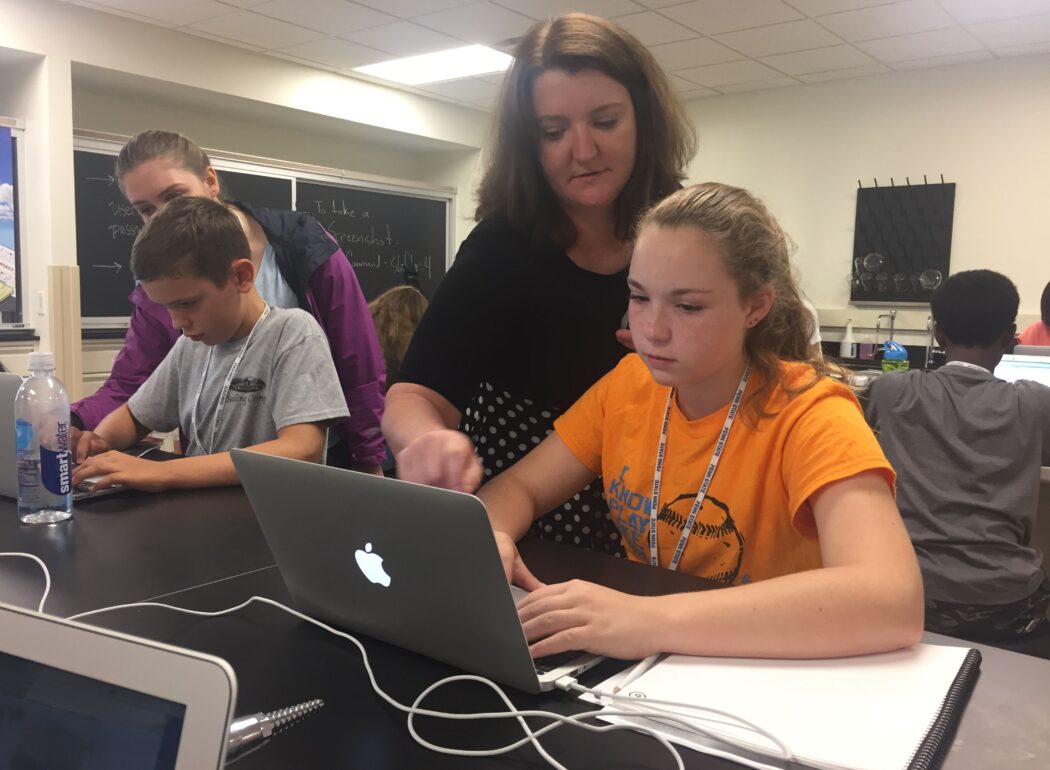It has been said that “A people without a knowledge of their past history, origin, and culture is like a tree without roots.” This quote which has been attributed to both Marcus Garvey and Charles Seifert, speaks on the need to learn lessons from the past and to form an appreciation for how one arrives at the present moment. The essential question all humans will ask in their lifetime is and will remain; where did I come from? The vastly beautiful and arduous strands of human life stretching from our humble beginnings in Ethiopia to every corner of the globe are a source of endless fascination for us Homo Sapiens. How will our own modern lives contribute to our family history, and for that matter the broader human narrative?
Penn State University Anthropologist/Paleobiologist Dr. Nina Jablonski and Harvard Professor/Filmmaker Henry Louis Gates Jr have come together to form the Finding Your Roots Camp for elementary and middle school aged children. The goal of the camp is to seamlessly combine the scientific intrigue of DNA research, with the historical research of ancestry tracing. It blends two curriculums that tend to be chronically divided into one lesson plan.
One of the toughest challenges as an educator is conveying to a student just how vast their potential is. So many students that I have had the great privilege to teach have an incredibly difficult time truly believing in the old adage “You can do anything you set your mind to.” However, based on my own anecdotal experience, nothing boosts a child’s confidence more than history. Namely their own. When faced with a critical obstacle, it brings me great comfort to know my ancestors have faced much worse and persevered in the face of great adversity. Whether flying over Normandy Beach on D-Day at age 18, or getting a master’s degree whilst raising three children. Their example provides me with the knowledge that I can accomplish any task or reach any height. More so, the knowledge that I may inspire a future descendent in their time of need drives me even further in accomplishing my goal.

Finding Your Roots provides children with the connection to history that is so often lost in translation. So few modern students can find relatability to 18th century revolutionaries, 20th century inventors, or god-forbid economists. Unless of course, we as educators can provide a narrative component that can directly supplement their lack of interest in these crucial topics. By providing a means for students to embed themselves into the larger story of humanity, we can reach the same level of excitement for history as student’s have for The Hunger Games or Harry Potter. Dr. Jablonski says it best in episode three of the program; “There is nothing more exciting to them (students) than reading their own unique genetic information.”
In that same episode, students in the program are allowed to learn their exact genetic makeup and the paths their ancestors have walked. They’re absolutely astonished to learn how vastly diverse some of their backgrounds are. All have wonderful patchworks of cultures from every corner of the globe. The children are even more enthralled when they learn how these same ancestors faced Slave Trades, Potato Famines, Great Depressions, etc. In the piece de resistance of the student’s experience, they draw lines on a world map outlining their progenitor’s journey from every nook and cranny on the globe all the way to the Unites States. Once all students have traced their individual lines, it forms a perfect and simple visual example on what makes America both great and unique; it’s gorgeous diversity.
However, as previously mentioned Finding Your Roots is much more than a history lesson. It also empowers these same students to learn about the endlessly fascinating world of humanity’s brick and mortar; our DNA. Students are given a chance to get hands-on with a laboratory setting and all of the equipment that accompanies it. They’re given a deep dive into how their own parents pass their genes on to them. They trace similarities back to everything from eye color, height, and hair type. They analyze how nucleotides within all living things construct a set of instructions altering the organism itself to adhere over time. They connect these dots into how genetic inheritance plays a major part of our lives. In regard to things like being a twin, the need for glasses, male-pattern baldness, or certain genetic illnesses.
Now, obviously Harvard and Penn State have quite a bit more flexibility to give elementary/middle school aged children the resources needed for a fully functioning genetics lab than the average public school. However, more affordable principles of the program can certainly be factored into a similar lesson plan. For instance, using a take-home worksheet students can corroborate with their parents on their known or assumed ancestry. This can easily be continued into the map tracing activity. They can also use a similar worksheet to define genetic similarities they can visually confirm they share with their parents. Which is a wonderful opportunity to touch on dominant and recessive traits in DNA. An experiment that may be more easily attempted than DNA analyzation is how dogs share different traits from the various breeds they originate from. For example a Corgi/Dalmation. Plus, most importantly this is an excellent chance to look at adorable canines. However, I must admit that’s not a part of the program just my own personal hobby.
Episode Links:
https://florida.pbslearningmedia.org/collection/finding-your-roots-the-seedlings/#.Wtom2G4vyos
– Lesson plans included at the bottom of each episode page.
For More Information on Finding Your Roots:
http://www.findingyourroots.la.psu.edu/
More on Human Migration:


